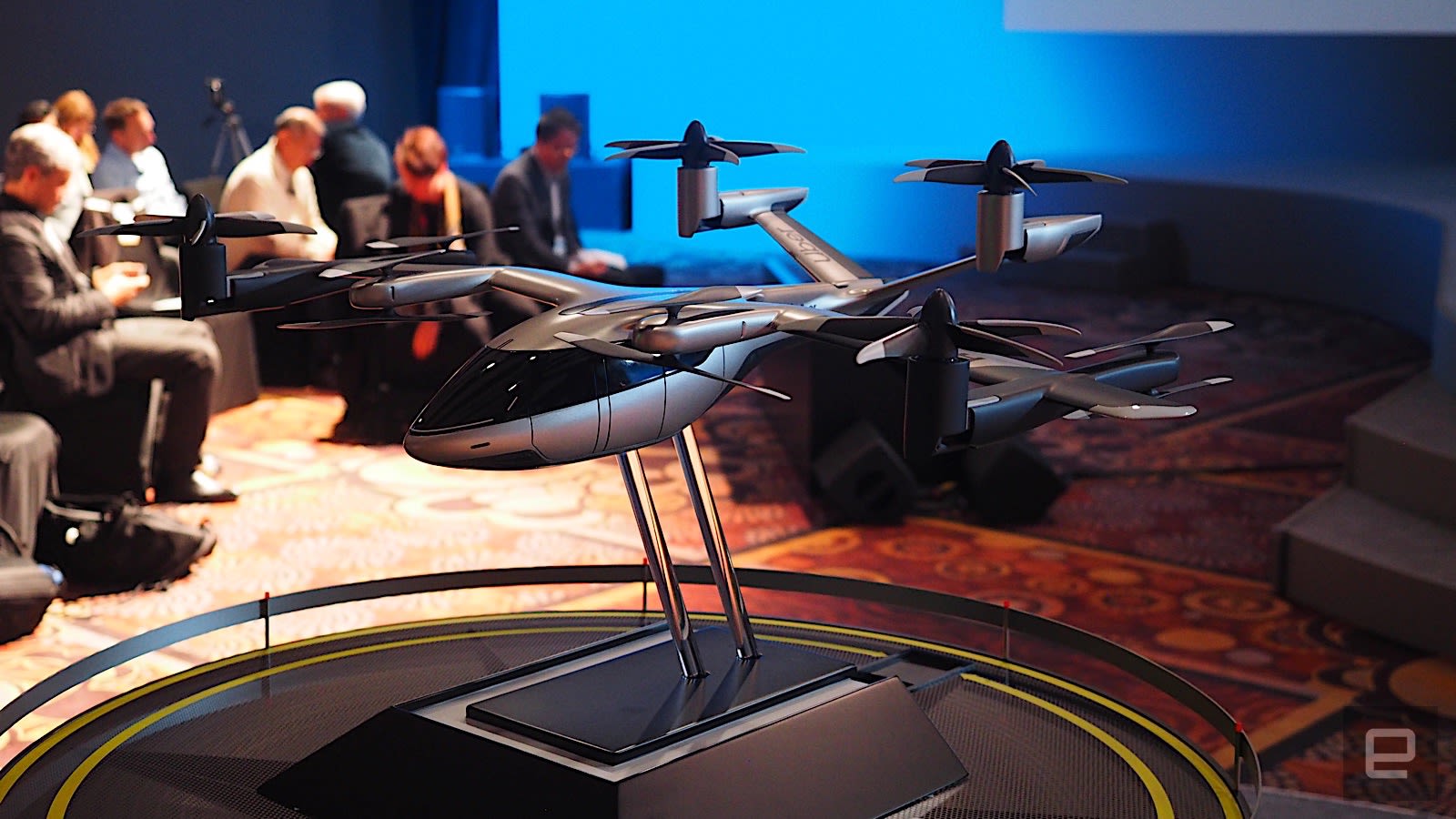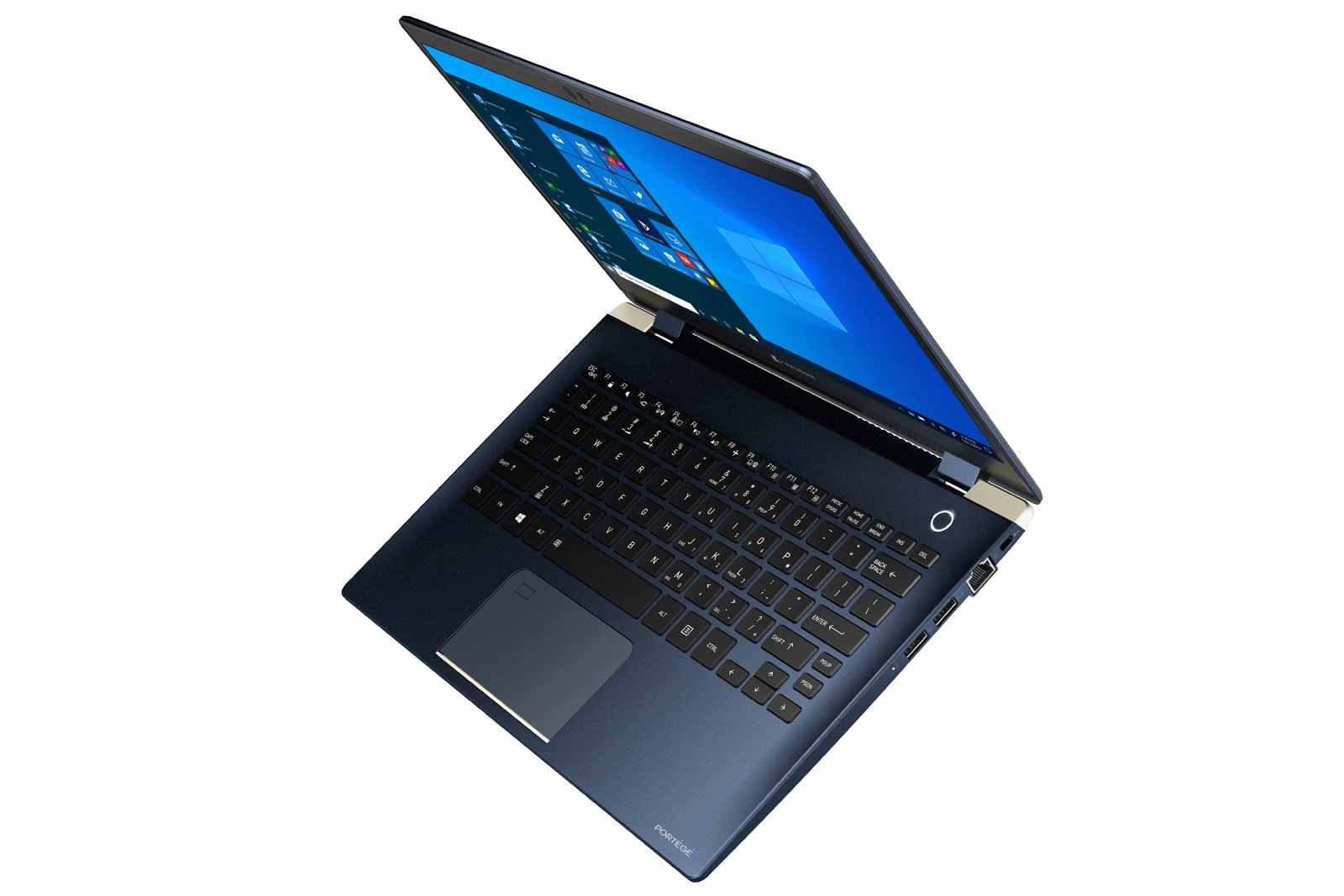“Despite a lot of publicity and social media, number of sign-ups were modest,” reads one of the last monthly reports I sent to my VCs before my startup ceased to exist. “After the initial wave, sign-ups have slowed right down to near pre-launch levels. User acquisition is our number-one priority and my biggest headache.”
Like, I suspect, many other early-stage founders, I hated the monthly chore of writing a short report for investors. We used the PPP format (progress, problems and plans) for these regular missives, but progress was almost always slow and most of the time, problems far outstripped plans.
On good months, I was far more motivated to file our monthly report — it is a very human thing to want to deliver good news — and on bad months I had a million other more important things I thought a CEO should be spending their time on.
However, according to a research conducted by Jan Luca Ernst, a masters student at The University of St. Gallen, I may have been misguided. In his thesis, supported by Prof. Dr. Elgar Fleisch (Professor of Technology Management at University of St. Gallen) and Florian Schweitzer (a partner at VC firm btov), he writes “startups that submit regular, high-quality reports are shown by the statistics to be better investments than other startups.”
The research was based on analysis of hundreds of monthly startup reports submitted to btov Partners by portfolio companies out of its first two funds, which ran between 2006 to 2014. Specifically, researchers looked at 64 startups, covering the performance of startups during the first two years after initial investment from the first fund, and the performance during a single year, 2015, for the second fund.
“Hypotheses on the positive effects of monthly startup reports were tested, using several multivariate regressions,” write the paper’s authors. “As a result, several initial assumptions were discarded.”
For example, the punctuality of startup reports did not appear to indicate whether a startup would be more successful. In contrast, the frequency of reporting (at a confidence level of 95%), as well as the quality of the reporting (at a confidence level of 99%), were identified as contributors to success.
“Overall, the findings emphasize the importance of the post-investment phase and the value added by venture capitalists beyond financial support,” say Ernst, Fleisch and Schweitzer. “One main implication of the findings has an impact on subsequent investment rounds. Startups that submit regular, high-quality reports are shown by the statistics to be better investments than other startups. This may be an indicator that justifies further investment, that, in turn, leads to better performance.”
The authors also suggest that, in the future, investors may ask for “full, unfiltered access” to all past reporting of a startup, including evidence on the quality of reports and regularity of submission. “This would increase transparency and therefore eventually lead to better investment decision making,” they write.
With that said, during a call with btov’s Florian Schweitzer, he conceded that correlation doesn’t necessarily mean cause, but argued that there are many softer, and sometimes hidden, positive outcomes from monthly reports — especially when a founder does them honestly and whole heartedly.
Extra Crunch: What should a monthly report contain?
Florian Schweitzer: We always define what we would like or what we think would be sensible, because for each startup, of course, it is different. In general, the idea is that the founders can do the report in half an hour. Usually, it contains something like eight KPIs, and then some bullet points reflecting on what went well, and what are the challenges right now. And those challenges are a superb opportunity to understand where the founder is struggling, and where we can support them. So it can be a very, very productive agenda for a discussion, which we usually have regularity.
I think it is very good that founders sit back and think for half an hour: what happened during the last 30 days? What did I want to achieve? What did I not achieve? And to be honest about the progress and challenges.

via Startups – TechCrunch https://ift.tt/2QUvpUS


